motorcycles Albertino
A History of Classic Motorcycles: From the 1920s to Today
Classic motorcycles hold a unique presence in automotive culture, eliciting a blend of nostalgia, passion, and admiration. Since the 1920s, when the first classic motorcycles began cruising the roads, to the present day, where they have become revered icons, the history of these machines is fascinating and rich in detail. Let’s embark on an exhilarating journey through the eras of classic motorcycles, exploring the transformations, milestones, and lasting influence of these machines over time.
1920s: The Emergence of Two-Wheeled Machines
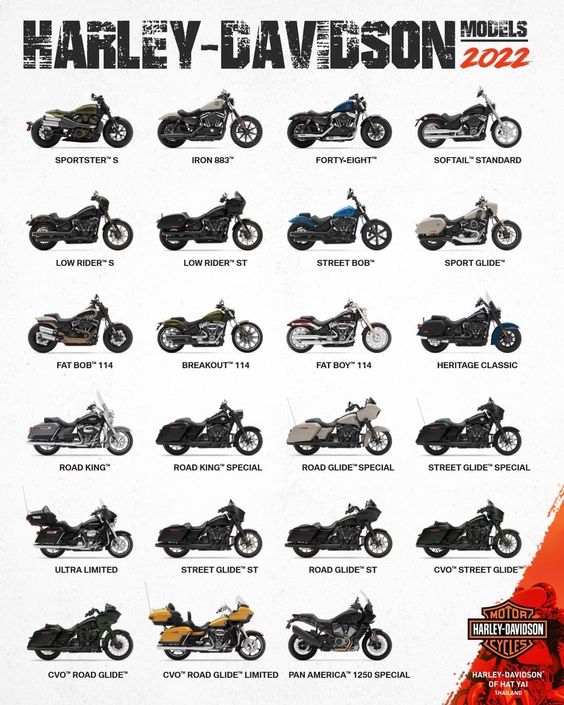
The landscape of the 1920s witnessed the emergence of some of the earliest truly classic motorcycles. Renowned names such as Harley-Davidson, Indian, and Triumph began leaving their mark, producing robust machines that symbolized freedom and adventure. These were the pioneering “bobbers” and “choppers,” with their simplified lines and inherently elegant designs.
Moreover, the 1920s saw the growing popularity of motorcycle racing, driving innovation and competition among manufacturers. The Harley-Davidson JD and the Indian Scout stood out as leaders during this period, clinching titles and captivating enthusiasts, thus marking the beginning of an exciting era on two wheels.
1930s: Challenges and Developments
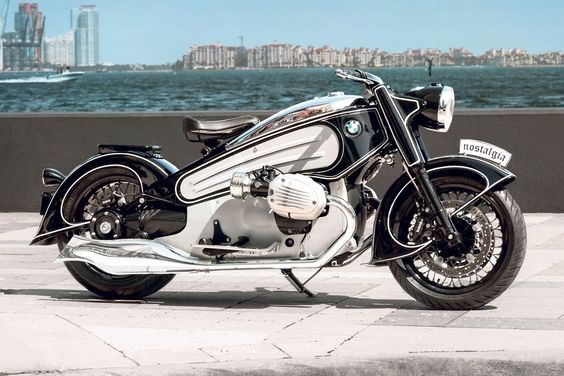
The 1930s brought significant challenges due to the Great Depression but also witnessed notable technological advances. In 1934, the BMW R7, an art deco masterpiece, was unveiled, featuring a unique aesthetic and technical innovations that transformed it into a timeless icon.
Furthermore, the 1930s marked the beginning of mass production of motorcycles, making them more accessible to the general public. The emergence of the Harley-Davidson Knucklehead in 1936 stood out as a revolutionary innovation, introducing a more powerful and efficient V-twin engine, marking a crucial phase in the evolution of classic motorcycles.
1940s: The Impact of World War II
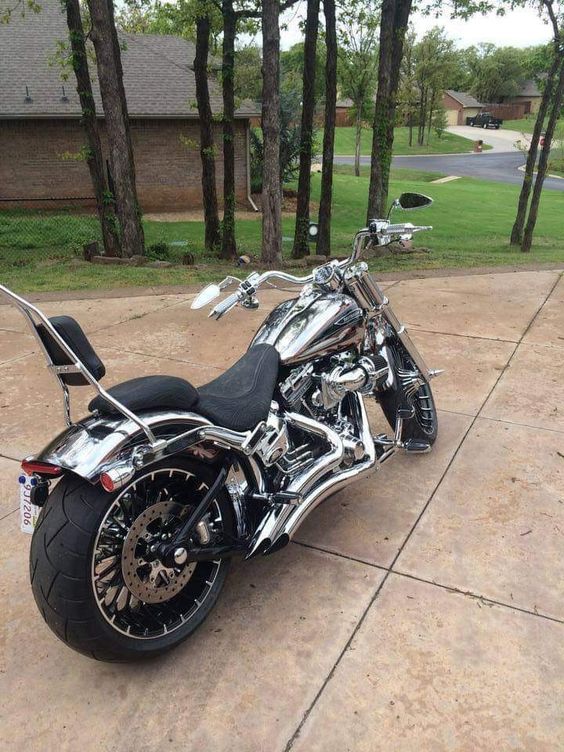
During the 1940s, World War II had a significant impact on the motorcycle industry. Many manufacturers redirected their efforts to support the war effort, adapting their product lines to create notable motorcycles used in various theaters of operations. The motorcycle industry’s adaptation during the war demonstrated the versatility and importance of these machines in different historical contexts.
Production shifted to the creation of robust and reliable military motorcycles. The Harley-Davidson WLA and the BMW R75 are examples of iconic machines from this period, showcasing the industry’s commitment to providing durable and efficient motorcycles for wartime needs.
1950s: The Golden Era of Café Racers
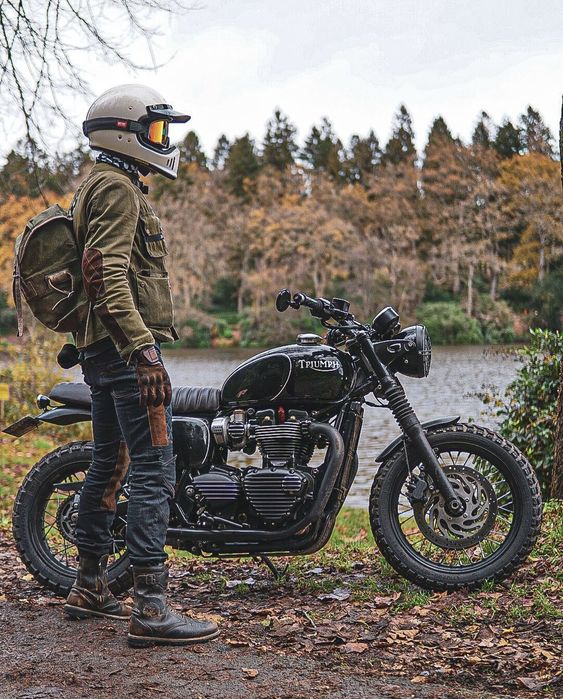
The 1950s marked the emergence of “Café Racers,” customized and agile motorcycles that became popular among young British enthusiasts. Names like the Triumph Bonneville and the Norton Dominator established themselves as icons of this subculture, combining sporty performance with elegant style, thus defining the bold aesthetic and fearless attitude characteristic of Café Racers.
Furthermore, the legendary Honda CB750, introduced in 1969, closed out the decade, bringing innovative technologies and setting the standard for high-performance motorcycles. This period was crucial in the evolution of classic motorcycles, leaving a lasting legacy of style and performance.
1960s and 1970s: The Peak of Stylistic Diversity
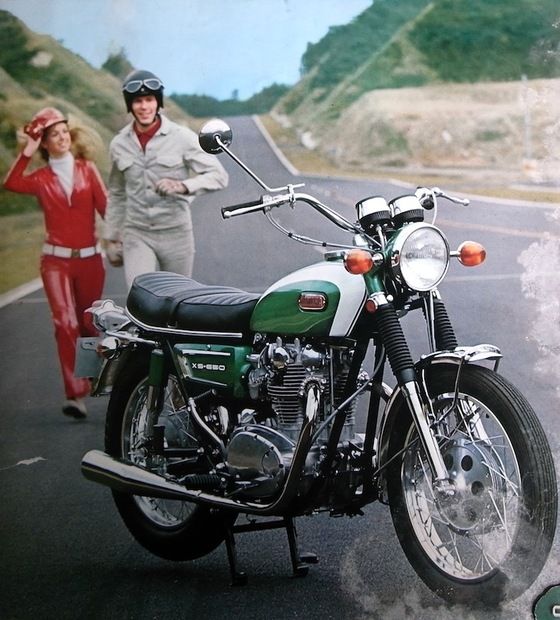
The 1960s and 1970s witnessed an explosion of stylistic diversity in the world of classic motorcycles. The Yamaha XS650 and the Kawasaki Z1 were introduced, each bringing its unique approach to design and performance, reflecting the pursuit of innovation and stylistic variety.
Furthermore, the chopper culture continued to thrive, with the increasing popularity of custom motorcycles, such as those produced by the renowned company Arlen Ness. This era witnessed a fusion of styles, from sport bikes to extravagant choppers, capturing the essence of individuality and self-expression that characterizes classic motorcycles.
1980s to the Present: Resurgence and Recognition
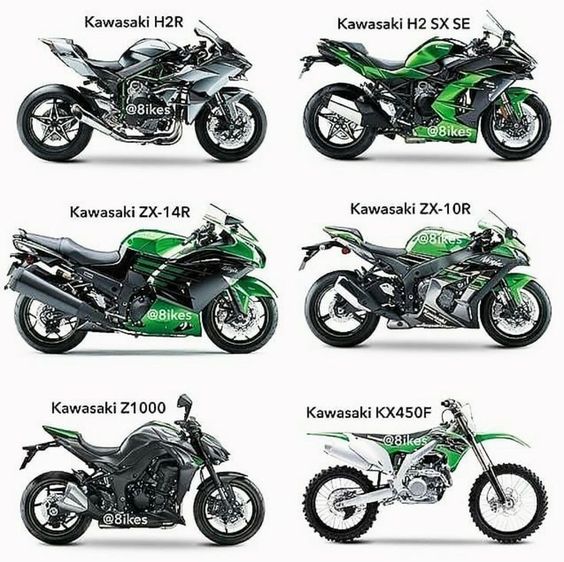
The 1980s witnessed a resurgence of interest in classic motorcycles, driven in part by nostalgia and the growing recognition of their historical significance. Brands like Ducati and Moto Guzzi reinvented themselves, launching models that honored their roots while incorporating modern technologies, marking a transitional phase for classic motorcycles.
In today’s era, the classic motorcycle market continues to thrive. Vintage motorcycle auctions attract avid collectors, and specialized workshops dedicate themselves to the restoration and customization of these timeless machines. The ongoing popularity of events like the “Distinguished Gentleman’s Ride” highlights the enduring appeal of classic motorcycles, celebrating not only their aesthetics and performance but also the passionate global community surrounding them, solidifying their place as eternal icons in automotive culture.
A Legacy that Endures
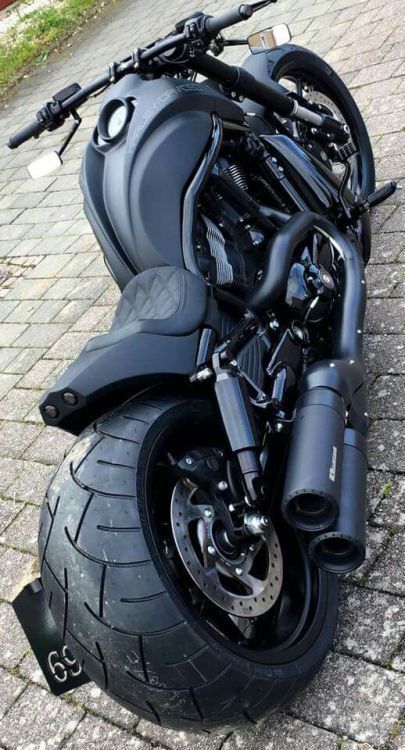
The history of classic motorcycles is a rich and diverse tapestry, woven with technological innovations, challenging periods, and continuous passion. From the stripped-down motorcycles of the 1920s to the sophisticated machines of today, these two-wheeled gems continue to inspire a global community of enthusiasts. As time advances, the legacy of classic motorcycles persists, witnessing an eternal connection between the past and present on two wheels, thus consolidating their position as unforgettable icons in the evolution of automotive culture.
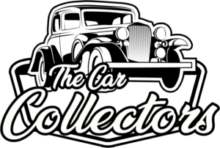
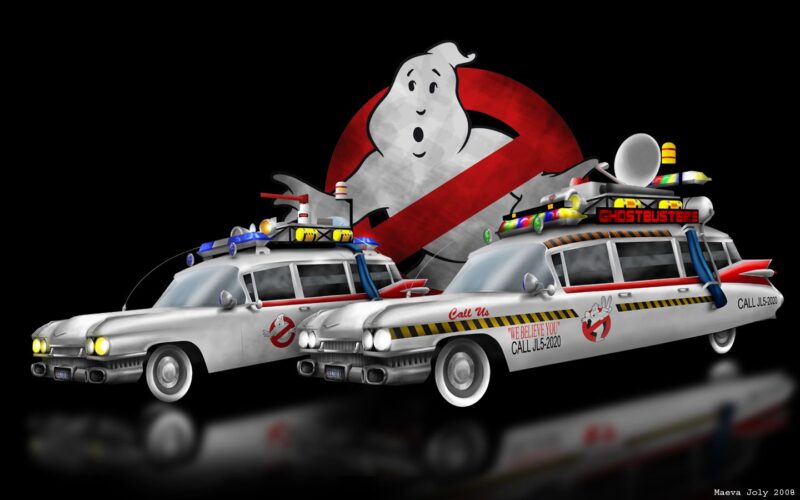
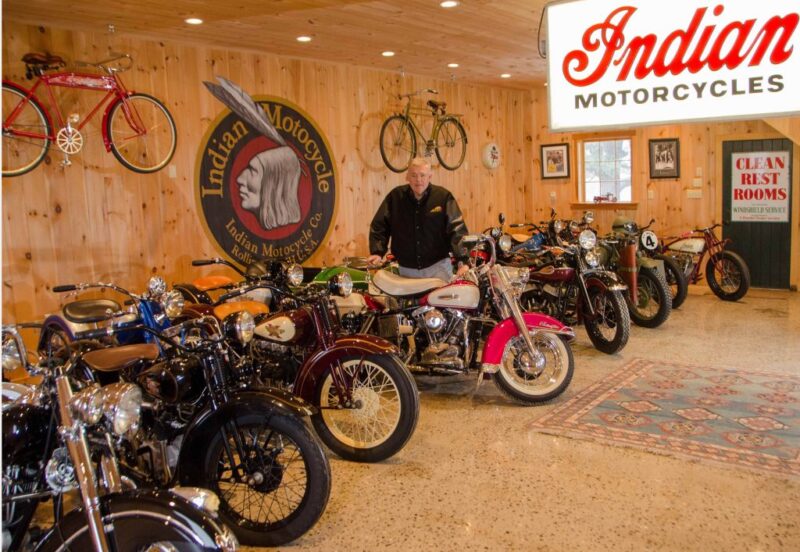
Seja o primeiro a comentar!